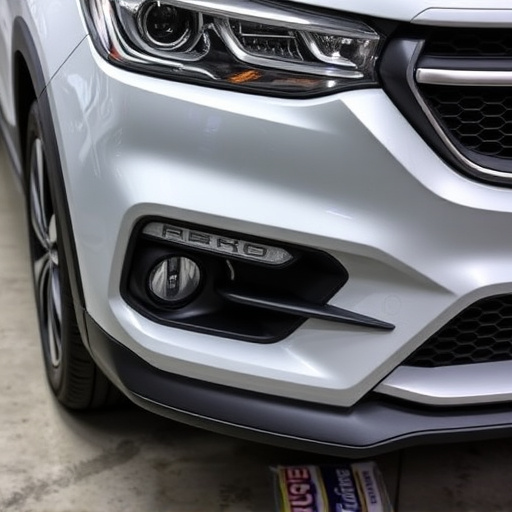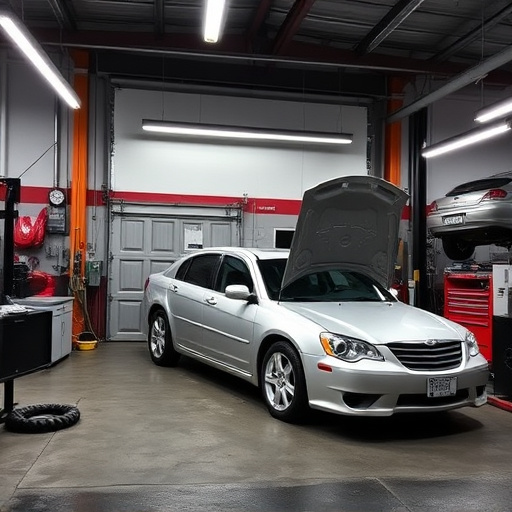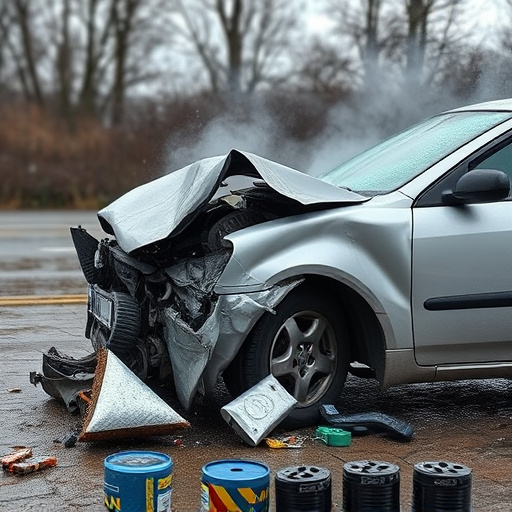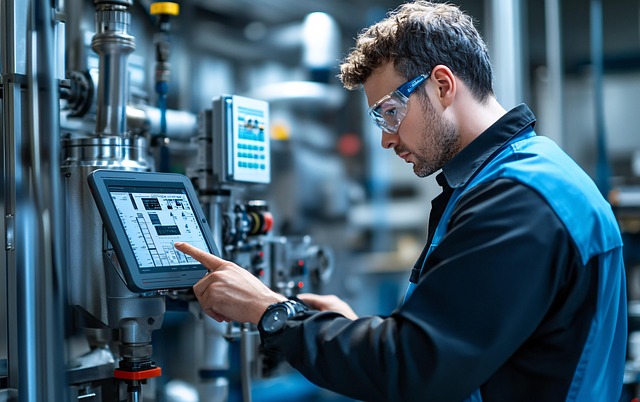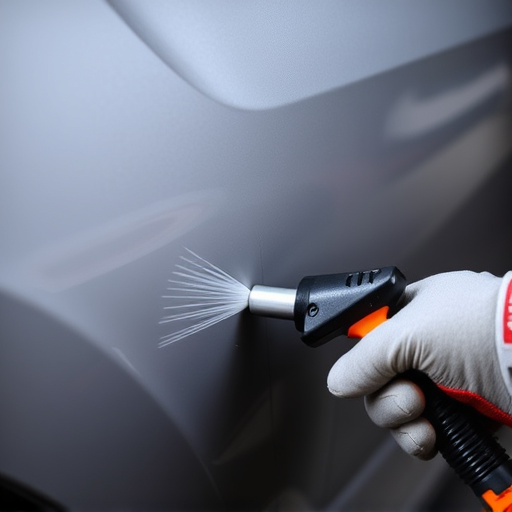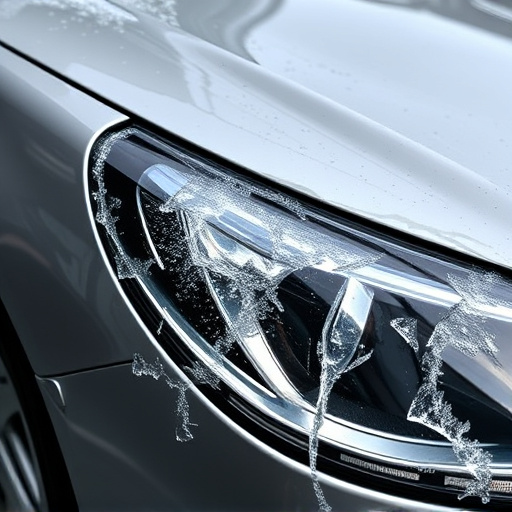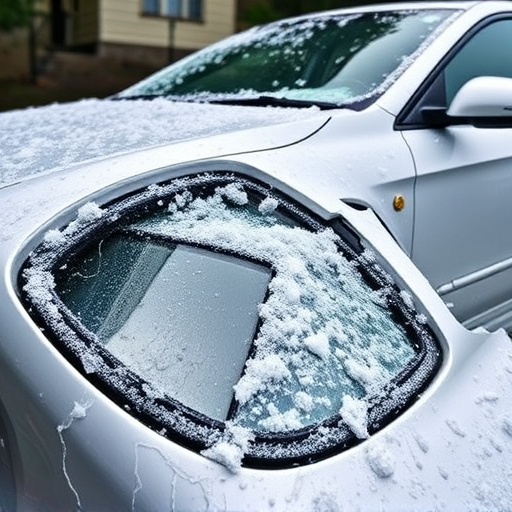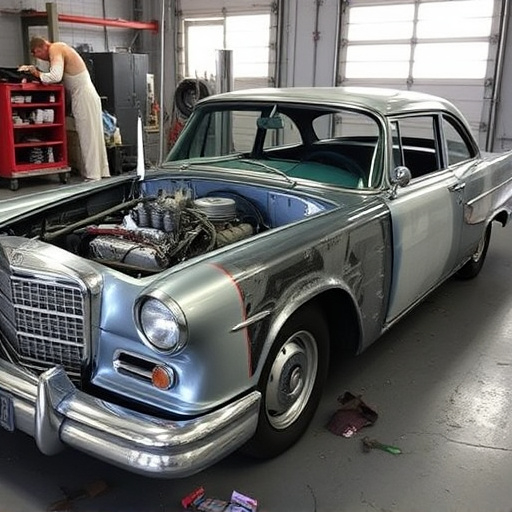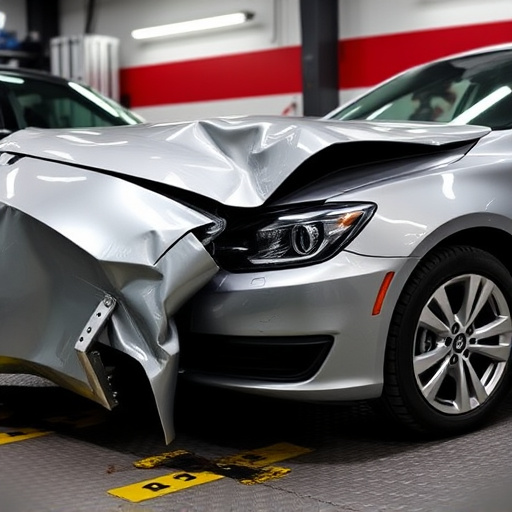Earning a PDR (Paintless Dent Repair) certification involves structured training in specialized tools, metal mechanics, and surface preparation, followed by exams assessing technical skill, safety, and environmental awareness. The direct costs include exam fees and preparation materials, which pay off due to high demand for PDR services in the automotive industry. The process demands significant time investment (several weeks to months) and balanced with current work, plus varying expenses for quality training resources.
Earning your PDR certification is a significant step towards advancing your career in the automotive industry. This article breaks down the cost of achieving this credential efficiently, guiding you through the direct and indirect expenses involved. From exam fees and preparation materials to time invested and training resources, we’ll explore practical strategies to navigate the financial aspects of the PDR certification process. By understanding these costs upfront, you can plan accordingly and fast-track your journey to becoming a certified professional.
- Understanding the PDR Certification Process
- Direct Costs: Exam Fees and Preparation Materials
- Indirect Costs: Time Investment and Training Resources
Understanding the PDR Certification Process

Earning a PDR (Paintless Dent Repair) certification is a structured process designed to equip individuals with the skills needed for proficient vehicle paint repair. This involves understanding both theoretical and practical aspects of automotive collision repair, ensuring technicians are adept at mitigating damage without painting or replacing parts. The journey begins with thorough training in various techniques like using specialized tools for dent removal, understanding metal mechanics, and mastering surface preparation.
Upon completion of the training, candidates must demonstrate their proficiency through examinations. These assessments evaluate not just technical skills but also an understanding of safety protocols and environmental considerations in auto collision centers. Successful candidates are then awarded the PDR certification, a testament to their ability to perform high-quality vehicle paint repair, thereby enhancing career prospects in the automotive industry.
Direct Costs: Exam Fees and Preparation Materials
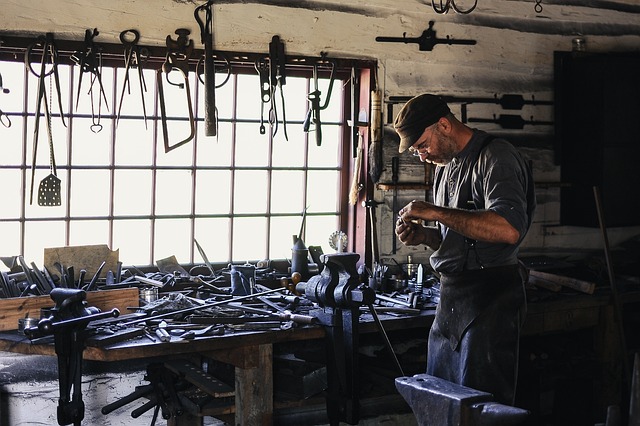
Earning your PDR (Paintless Dent Repair) certification involves two primary direct costs: exam fees and preparation materials. The exam fee is a significant upfront cost, but it’s crucial for becoming a certified professional in this specialized field. This fee covers the administrative processes required to sit for the assessment, which tests your knowledge and skills in various aspects of PDR, including auto dent repair and collision repair center techniques.
Preparation materials are equally important. These include study guides, practice exams, and, in some cases, workshops or online courses. Investing in high-quality preparation resources ensures you’re well-equipped to pass the exam on your first attempt. Remember, while these direct costs are essential for certification, they represent a sound investment given the growing demand for PDR services in the auto industry, including auto glass repair and collision repair center operations.
Indirect Costs: Time Investment and Training Resources

Earning a PDR certification comes with indirect costs that often get overlooked. One significant factor is the time investment required to complete the training and pass the certification exams. Prospective technicians must dedicate several weeks or even months to studying, practicing, and mastering the intricate skills needed for PDR. This time commitment can be challenging for those already working in the auto body services industry, as it may require them to balance their current duties with intensive training sessions.
Additionally, training resources play a crucial role in the cost breakdown. High-quality educational materials, including specialized textbooks, online courses, and workshops, are essential tools for learning PDR techniques effectively. These resources can vary widely in price, from affordable digital downloads to expensive in-person training programs offered by renowned collision repair centers. Investing in comprehensive training ensures individuals gain the expertise needed to excel in their vehicle collision repair careers and stand out in a competitive job market.
Earning your PDR certification involves a strategic cost breakdown, considering direct exam fees and preparation materials, as well as indirect time investment and training resources. By understanding these costs upfront, you can efficiently navigate the process, ensuring a successful journey towards becoming a certified professional. Remember, a well-planned budget is key to achieving your PDR certification goals swiftly.
